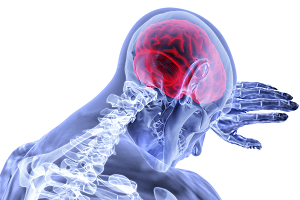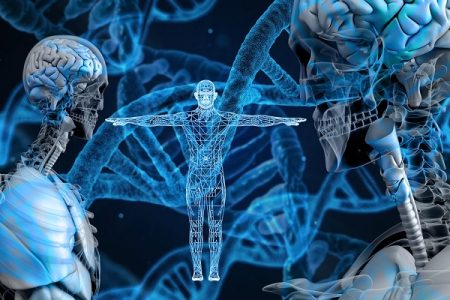Browsing: Achondroplasia
Comprehensive Information, Resources, and Support on Achondroplasia
Excess cerebrospinal fluid leads to enlargement of the ventricles which puts extensive pressure on the brain. This causes a condition called hydrocephalus. In children with Achondroplasia, a decrease in the absorption of spinal fluid can lead to enlarged head and hydrocephalus.
Achondroplasia is often a result of new gene alterations or mutations. These changes can be identified with the help of molecular genetic tests. Genetic testing helps in the identification of manipulation in chromosomes, genes, or proteins which can help a doctor to rule out or detect a suspected genetic condition.
Achondroplasia life expectancy is normal and slow growth of children does not affect the prognosis. However, if a child is suffering from homozygous achondroplasia he or she is expected to survive only for the first year of his or her life in most cases. Growth is studied in patients on parameters such as height, BMI, weight, etc.
Achondroplasia is rare genetic disorder which can be associated with short stature, slow growth, bending of spine, etc. It is easy to diagnose the condition during pregnancy with the help of a fetal ultrasound. Growth hormones are given as a treatment to achieve mild or average growth.






